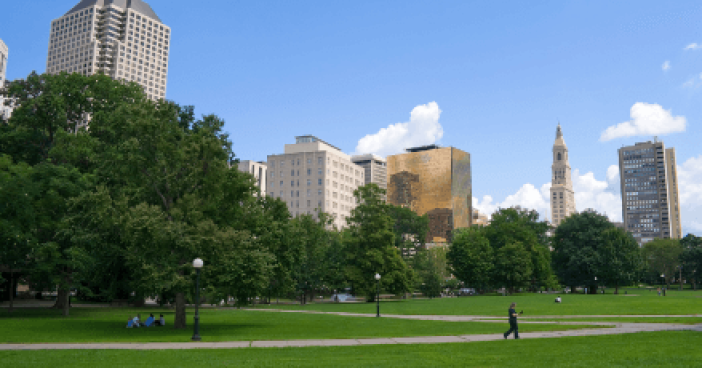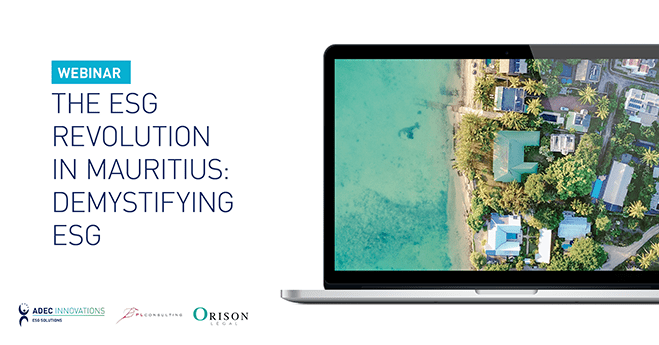More than half the total global population lives in urban areas. This global rate of urbanization is expected to grow by more than 1% per year until 2030 as people migrate from rural to urban and suburban areas. As this migration occurs, it carries with it a number of potential environmental impacts, including the Urban Heat Island (UHI), which are increasingly concerning for many countries around the world.
The environmental impacts of urbanization include increased localized air pollutant concentrations, unsustainable urban development and desertification. The UHI is the cumulative effect of these impacts.
UHI is defined as the rise in temperature of a city or any man-made area, creating a distinct “warm island” within the “cool sea” representing the lower temperature of nearby rural areas. A city with one million inhabitants can be 1.8–5.4°F (1–3°C) warmer than its surroundings. At night, the difference can be as high as 22°F (12°C).
Factors that contribute to UHI
Urban canyons
Tall buildings form canyon-like structures that trap solar energy from the multiple reflections off building walls. Tall buildings can also act as obstacles and reduce wind speeds. Cities with denser and taller buildings can quickly develop heat islands.
Urban deserts
Soil surfaces in cities are covered by pavements, sidewalks and parking lots which are impermeable to moisture and increase air temperature. Less vegetation, green spaces and parks in the city translate to less evaporative cooling and hotter air.
Air pollution
Air pollution caused by vehicles, factories and air conditioners create ground-level ozone or smog, and serve as a miniature greenhouse layer, hampering the release of outgoing heat away from urban areas.
Ways to cut down the UHI effect
Use cool roofs
Dark roofs on buildings absorb more heat and can reach up to 150°F (65.6°C) hotter under the summer sun. Most of that heat is transferred to the building, so occupants increase their energy demand for cooling. By switching to cool roofs, occupants can reduce energy bills, cool the air and improve indoor comfort for non-air conditioned areas. Cool roofs are made by coating roofs with white or special reflective pigments that reflect sunlight. These coatings can also protect the roof from ultraviolet (UV) light, chemical and water damage.
Plant trees and other vegetation
Planting vegetation on roofs increases evapotranspiration, which can reduce heat accumulation in buildings. Green roofs absorb storm water and improve air quality. Planting trees around buildings to shade urban surfaces and windows from the sun leads to substantial reductions in air conditioning demands. Trees planted near roads and parking lots can reduce evaporative emissions from gasoline and help clean the air from pollutants.
Use cool pavements
Solar reflective cool pavements are coated with reflective aggregate, a reflective or clear binder or a reflective surface coating. Cool pavements lower the urban air temperature, reducing the demand for air conditioning required to cool adjacent buildings. Permeable pavements can absorb stormwater, which lessens runoff and filters pollutants.
UHIs have a significant effect on climate change as they contribute to overall global warming. As the majority of the global population transfers to urban cities, it is increasingly urgent and important to mitigate the effects of UHIs and promote sustainable forms of urban development.
FirstCarbon Solutions (FCS) is a leading global sustainability solutions provider. FCS provides energy and environmental solutions for business to improve your financial and environmental performance. To stay current on global sustainability trends, subscribe to our monthly newsletter, GreenWatch.




